30 Sep 2016 | Australasian Dental Practice
news > Spectrum > Page 30
SpeedCEM Plus: User friendly and efficient
Upcoming Events... |
|---|
|
Nov 28 2025
Greater New York Dental Meeting 2025 (GNYDM) - 101st Annual SessionNew York City, USA |
|
Dec 05 2025
8th Dental Expo 2025Lahore, PAKISTAN |
|
Apr 17 2026
IDEM Singapore 2026Singapore, SINGAPORE |
|
May 20 2026
ASO 2026 - The 30th Australian Orthodontic CongressMelbourne, AUSTRALIA |
|
May 29 2026
Digital Dentistry & Dental Technology 2026Sydney, AUSTRALIA |
|
Oct 07 2026
|
|
Nov 27 2026
Greater New York Dental Meeting 2026 (GNYDM) - 102nd Annual SessionNew York City, USA |
|
Nov 26 2027
Greater New York Dental Meeting 2027 (GNYDM) - 103rd Annual SessionNew York City, USA |
|
Nov 24 2028
Greater New York Dental Meeting 2028 (GNYDM) - 104th Annual SessionNew York City, USA |






Saturday, 29 November, 2025